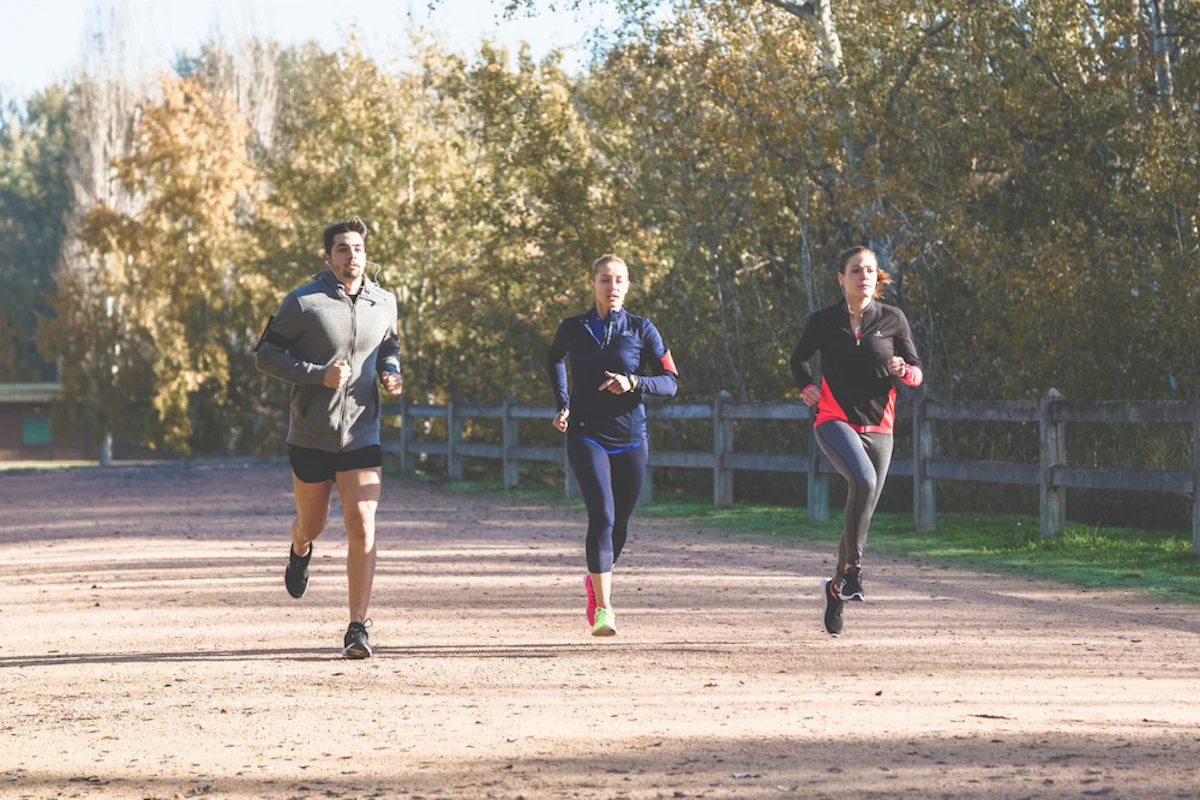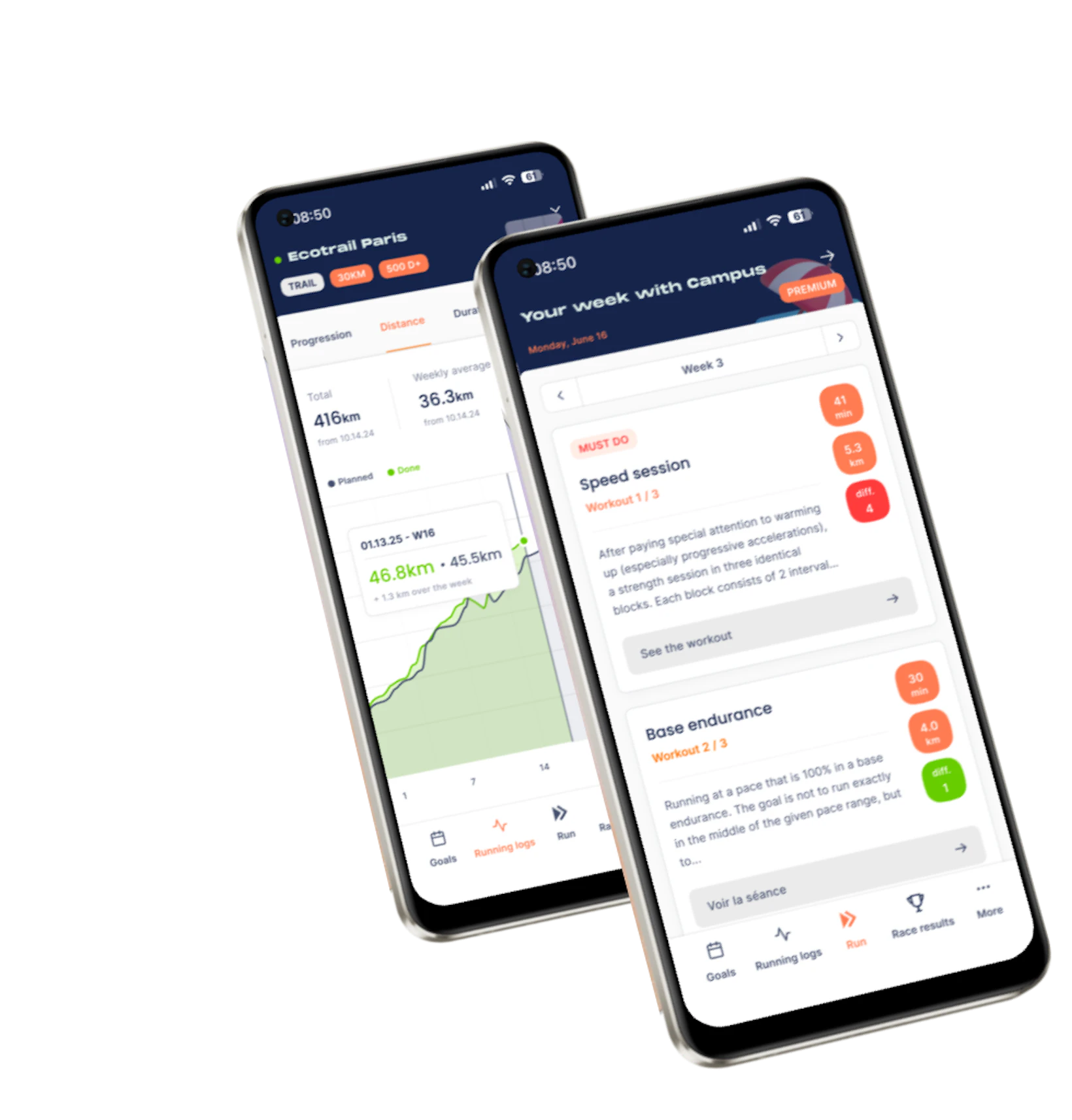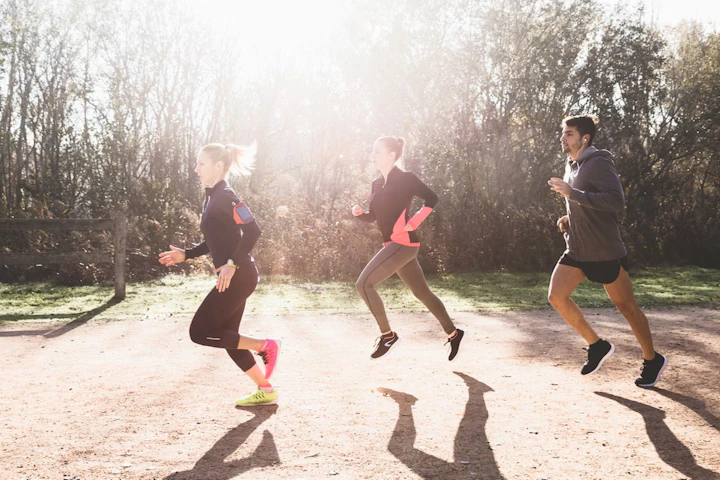Adopt the tempo run to vary your workouts

11 min read
Summary
What is the tempo pace in running? 🏃🏼♂️
What is the difference between running at tempo and a threshold workout? 🔎
A running pace close to marathon pace 👟
Tempo in what types of workouts? 🤔
How long can one maintain the tempo pace (30 minutes, 40 minutes, etc.)? 🕵️♀️
Pros and cons of the tempo pace 💡
What desired effects? 🔀
The limits of training at tempo pace 👀
When to schedule tempo pace sessions in a programming (5 km, 10 km, half-marathon, and marathon)? 🗓️

Receive advice from our passionate coaches!
The tempo. This is a somewhat catch-all term in the world of running, used in almost every context. If we stretch it, there are almost as many definitions of the tempo run pace as there are coaches. It is therefore essential to clearly define what is being referred to in the Campus Plans when talking about tempo. Because if we consider that this pace is interesting for developing your runner's toolkit, beware of overusing it!

What is the tempo pace in running? 🏃🏼♂️
Here, we lift the veil on a mystery: prepare to understand exactly what lies behind the term tempo run... You know, so you can apply this pace precisely (and not by guesswork 🙈)!
What is the difference between running at tempo and a threshold workout? 🔎
If the tempo run definitions can differ from one training plan to another, we can agree on one point: the tempo pace lies between the two lactate thresholds SL1 and SL2.
The lactate threshold 1 (SL1) corresponds to the first increase in lactate concentration in the blood. Between the two thresholds, your body is able to recycle these lactates. Balance is maintained. The effort corresponds to an intensity range from moderate to high.
On the other hand, when you exceed the lactate threshold 2 (SL2), balance is disrupted. You enter a severe intensity range. Your body can no longer maintain its internal balance. The lactate level in the blood soars. The effort is much more significant. We can rate the effort at 8 out of 10 and above.
🎙️ Words from Coach Tristan
🏃🏼♂️ Lactate threshold 1 refers to the blood lactate level that increases and stabilizes (<1 mmol increase>🏃🏼♂️ Lactate threshold 2, on the other hand, increases without stabilizing until exercise stops.
In many training plans, the tempo run pace is located just below the second threshold. It is therefore a relatively uncomfortable pace, between a half-marathon pace and a 10-kilometer pace for most runners.
A running pace close to marathon pace 👟
At Campus, our definition of the tempo run pace is different. It is a less intense pace, far from your MHR (understood, Maximum Heart Rate). It is located just above SL1, around the marathon pace, and is well below the half-marathon pace.. These two paces are below our sweet spot* pace, itself below the threshold 60 race.
In terms of heart rate, the tempo run effort corresponds to around 80% of your MHR (Maximum Heart Rate) or 75% of your heart rate reserve. In terms of sensations, it is a medium intensity effort. When running at tempo, your breathing is more pronounced than in base endurance but you are able to exchange short sentences. "We are very close to the endurance pace that beginners adopt against their will when they run their easy runs too fast", notes Tristan, our coach.
In a classification of heart rate into five zones, you will be in zone 3. Your Rate of Perceived Exertion (RPE for friends) is 5 or 6 on a scale of 1 to 10.
To summarize, here are the different paces from the slowest to the fastest:
base endurance tempo run pace< half-marathon pace< sweet spot < SL2** (approx threshold 60) < MAS.
Find our pace and speed calculator based on your achieved times.
*The sweet spot is a pace that corresponds to 95% of the speed at threshold 60. It allows running at a very high aerobic level while remaining in control. It is a pace that is much used in speed variation workouts in order to work on endurance by continuing to run with sustained effort after a high-intensity interval.
**SL2 comes into play with a time limit between 45 and 70 minutes of effort depending on the runners.

Tempo in what types of workouts? 🤔
The tempo run pace fits very well into long runs or speed variation workouts. In this type of training, the goal is to chain different paces without recovery time, for example, MAS, threshold 60 running, and tempo. These speed variation workouts are demanding, yet they are among the favorites of Campus users.
At Campus, we use this tempo pace during long runs, placing some blocks of tempo (with a touch of sweet spot pace) to spice up these training sessions. The tempo pace also finds its place in 'recovery' during MAS or threshold 60 workouts. Here, the goal is to get you used to considering this higher intensity than base endurance as recovery.
How long can one maintain the tempo pace (30 minutes, 40 minutes, etc.)? 🕵️♀️
The tempo allows you to be more engaged in your effort than in base endurance and therefore to work on the ability to stay focused for a long time. In a workout structure, it is quite easy to maintain the tempo pace over intervals of 10, 20, 30 minutes or more, without generating too much fatigue, unlike more intense paces like threshold 60. It is a useful skill in view of your upcoming races.
Pros and cons of the tempo pace 💡
If the tempo run pace is extremely interesting for progressing, it is nevertheless advisable not to overuse it (like all good things, in fact).
What desired effects? 🔀
If you regularly follow the content produced by Campus, you know the three main principles of endurance running training: gradual progression, specificity, and variety. The tempo addresses the principle of training variety. It allows you to complete the speed palette between base endurance and higher intensities.
In terms of adaptations, we are seeking the same effects as a marathon pace training for example or very active endurance.
Since you can accumulate quite a bit of effort time at the tempo run pace, this type of workout allows you to boost endurance training. That is, at an equivalent workout duration, you will generate a bit more stress than in base endurance. And consequently more adaptations, both at the cardio level and in muscular endurance.

The limits of training at tempo pace 👀
At this stage, you might then wonder why not do only tempo runs since these workouts induce more adaptations than easy runs in base endurance? The only limit is not to generate too much fatigue which would impact more intense workouts or cause injuries.
Base endurance easy runs allow for many physiological adaptations (increased cardiac output, decreased heart rate at rest and during effort, increased number of capillaries and mitochondria, etc.) and have the significant advantage of generating very little fatigue in your body. Base endurance plays an essential role in recovery. At the tempo pace, it is not a process of recovery and regeneration..
It is part of the famous "gray zone", banned by some training models, such as polarized training (80% low intensity and 20% high intensity).
In pyramid-type training models, the distribution method is different: about 70% low intensity, 20% medium intensity, and 10% high intensity. Therefore, tempo run fully fits into this type of programming. In marathon preparation, it is mandatory to regularly run at a medium intensity. Indeed, a marathon is mostly run at the intensity that corresponds to the gray zone.

When to schedule tempo pace sessions in a programming (5 km, 10 km, half-marathon, and marathon)? 🗓️
In a training plan, we usually start by working on the least specific paces to then move to the most specific ones in the second stage.
If you are training for a short distance, such as 5 kilometers or 10 kilometers, we tend to place a few active tempo run paces at the beginning of training.
If you are training for a half-marathon and especially a marathon, there will necessarily be tempo run pace in the specific development phase because we are close to marathon pace.
Finally, speed variation workouts have their place to prepare any type of distance.
Tempo runs are one of the most powerful tools you can use in your training plan—tempo pacing isn’t just about going fast, it’s about going right. Running at tempo pace teaches your body to work near threshold pace and improving your lactate clearance. When you hit 20 minutes or 30 minutes at tempo pace in a session, you build mental toughness, adapt your cardiovascular system (including maximum heart rate limits), and strengthen endurance.
For distance runners of all levels, incorporating tempo runs into your training helps you maintain a steady, strong rhythm for race day. With proper tempo workouts, you learn how to push the effort without blowing up, how to keep pace where you're uncomfortable but not collapsing.
In your training plan, balance is key: easy pace recovery, long runs, tempo workouts, and threshold efforts together form the foundation that’ll carry you across the finish line.
Whether you’re eyeing a 5k or aiming at marathon race pace, tempo runs help you define your ideal pace, regulate it by heart rate, and grow accustomed to sustaining effort. On race day, your finish line performance will reflect the sum of that preparation — the minutes at tempo pace, the threshold work, the discipline to run comfortably at uncomfortable intensity. Train smart, respect pacing, and you’ll see your race time drop as your confidence rises.
In summary, no matter the distance you are training for and wish to perform on, tempo run is a valuable ally for improving in running. It allows you to produce an essential qualitative work to help you reach the finish line as quickly as possible, so why deprive yourself of it?










